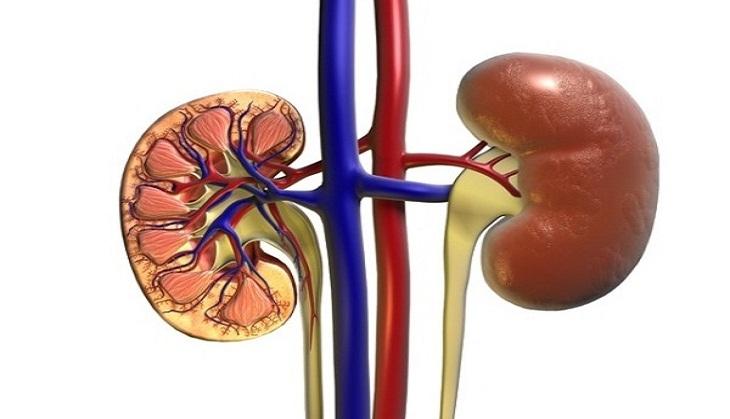
[ad_1]
A retrospective study conducted by Louisiana State University Health New Orleans reported that unlike previous research, most patients who drop out of peritoneal dialysis may do so for psychosocial reasons.
The results are published in “The American Journal of the Medical Sciences”.
The research team assessed the reasons why 27 of 83 patients enrolled in the peritoneal dialysis program withdrew between 2016 and 2018. Twenty-four or 86 percent were African Americans. They found that psychosocial factors, including mental illnesses such as anxiety and depression, loss of support networks or the inability to tolerate the number of treatment sessions required by peritoneal dialysis, accounted for 63% of the dropout rate due to controllable factors.
According to the National Institutes of Health, peritoneal dialysis is a treatment for kidney failure that uses the lining of the abdomen to filter the blood inside the body. The dialysis solution flows into the belly through a catheter, where it absorbs waste before being drained. The process should be done four to six times a day. Patients can do peritoneal dialysis at home, at work, or while traveling.
Patients with end-stage kidney disease need to undergo peritoneal dialysis or hemodialysis – a method of filtering waste products from the blood through a filter outside the body called a dialyzer.
The researchers noted that the United States had the largest percentage of end-stage kidney disease patients in the world, but significantly underused peritoneal dialysis despite its lower costs and a lower risk of first-year death.
Peritoneal dialysis may also be more accessible because patients do not have to travel to treatment centers. Other benefits include greater flexibility in treatment schedules, potentially fewer dietary restrictions, and fewer side effects such as nausea, vomiting, and cramps.
The National Institutes of Health estimates that more than 661,000 Americans have kidney failure, and of these, 468,000 are on dialysis. Compared to Caucasians, the prevalence of end-stage kidney disease is approximately 3.7 times higher in African Americans, 1.4 times higher in Native Americans, and 1.5 times higher in Asian Americans . Each year, kidney disease kills more people than breast or prostate cancer. In 2013, more than 47,000 Americans died from kidney disease.
“Early intervention or identification of these issues will allow physicians and healthcare teams to not only improve patient outcomes, but also improve the patient’s quality of life,” noted Hayden Torres, medical student. third year student at LSU Health New Orleans School of Medicine and also the first author of the article.
The research team concludes that patients and caregivers can benefit from both counseling and assisted dialysis programs. Future research should focus on ways to improve pre-PD training based on the type of patient starting treatment, improve interventions for psychosocial factors leading to dropout, and develop ways to identify the sources psychosocial problems before they affect patients.
Biruh T. Workeneh and Sreedhar Mandayam of the Department of Nephrology at the University of Texas at the MD Anderson Cancer Center wrote in their editorial: “Like Torres et al. As expertly illustrated, examining the reasons for the failure of the technique is essential, especially in populations they must reveal factors that may not be apparent and indicate areas on which to focus further research. and policies. “
As the manuscript shows, psychosocial factors are an important factor that has not received enough attention. Unsurprisingly, their investigation found that when technique failure results from psychosocial factors, it does so first. year, which is consistent with other reports. Torres et al. have effectively and poignantly highlighted the need for further research on how to more effectively retain racial minorities, who may not benefit from a strong social and emotional support. “
(YEARS)
Also Read: Scientists Conduct Detailed Study on How Cancer Cells Spread
[ad_2]
Source link